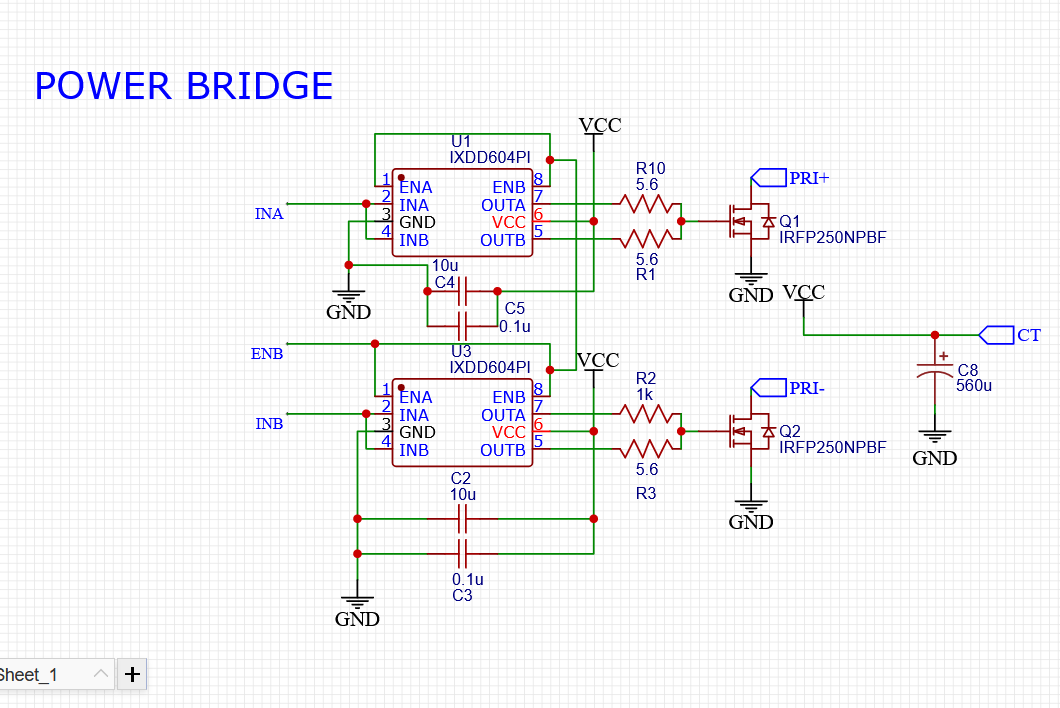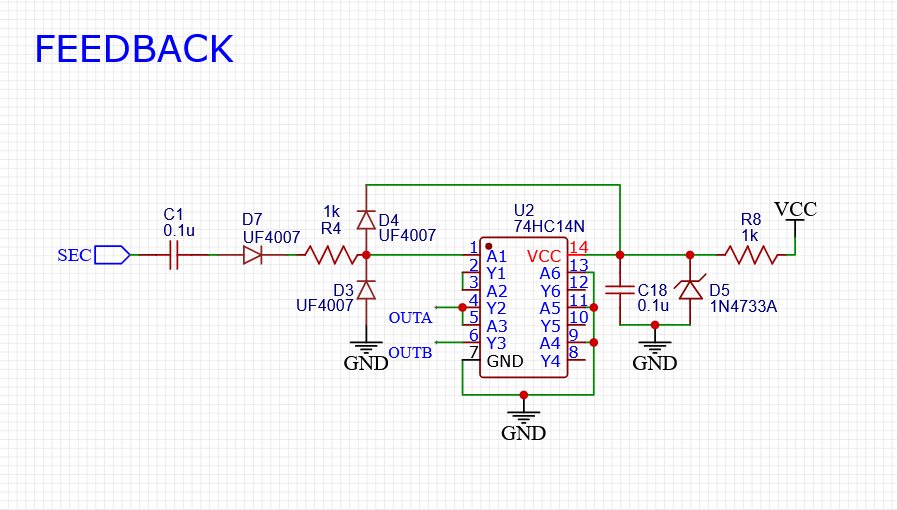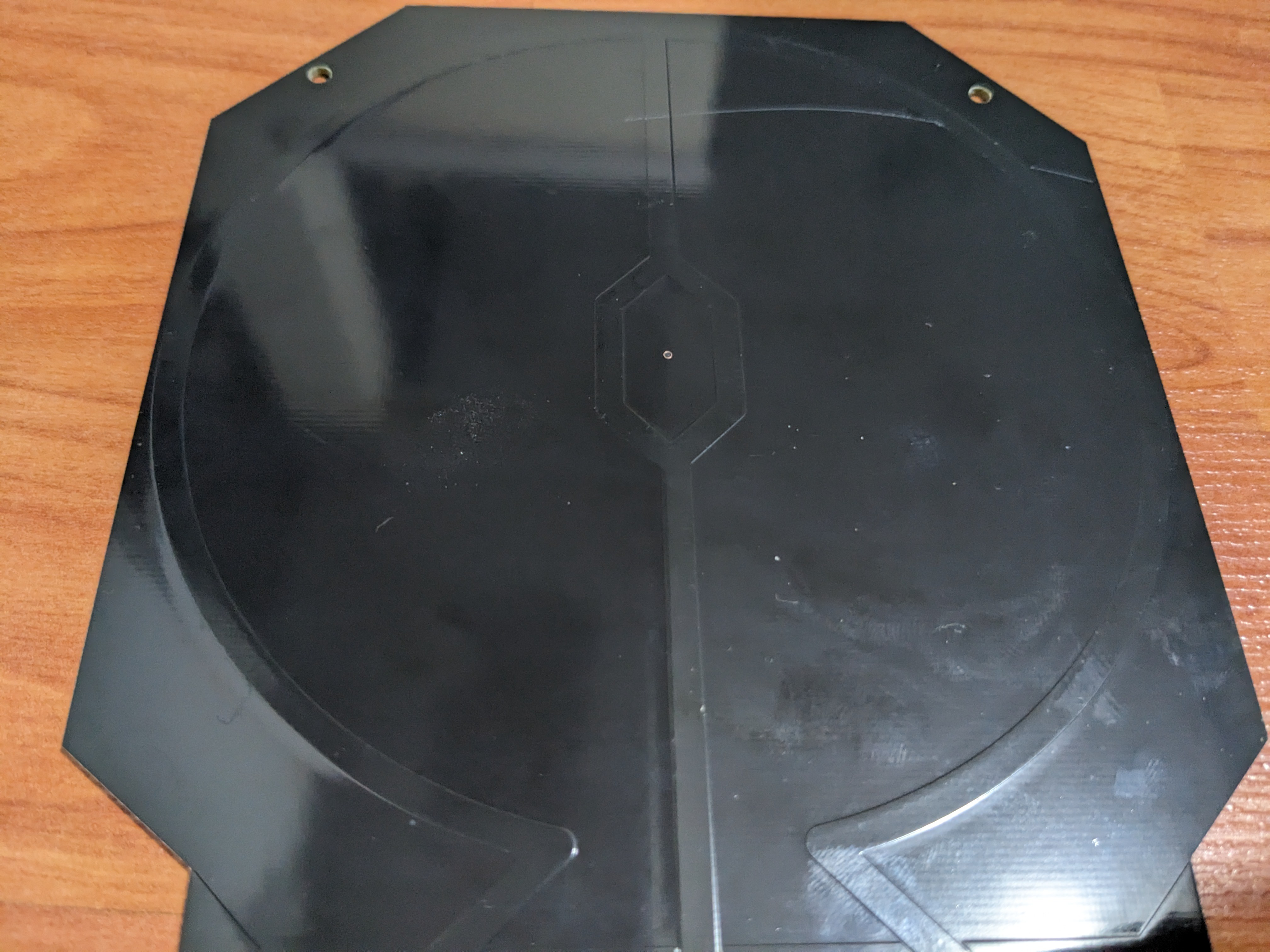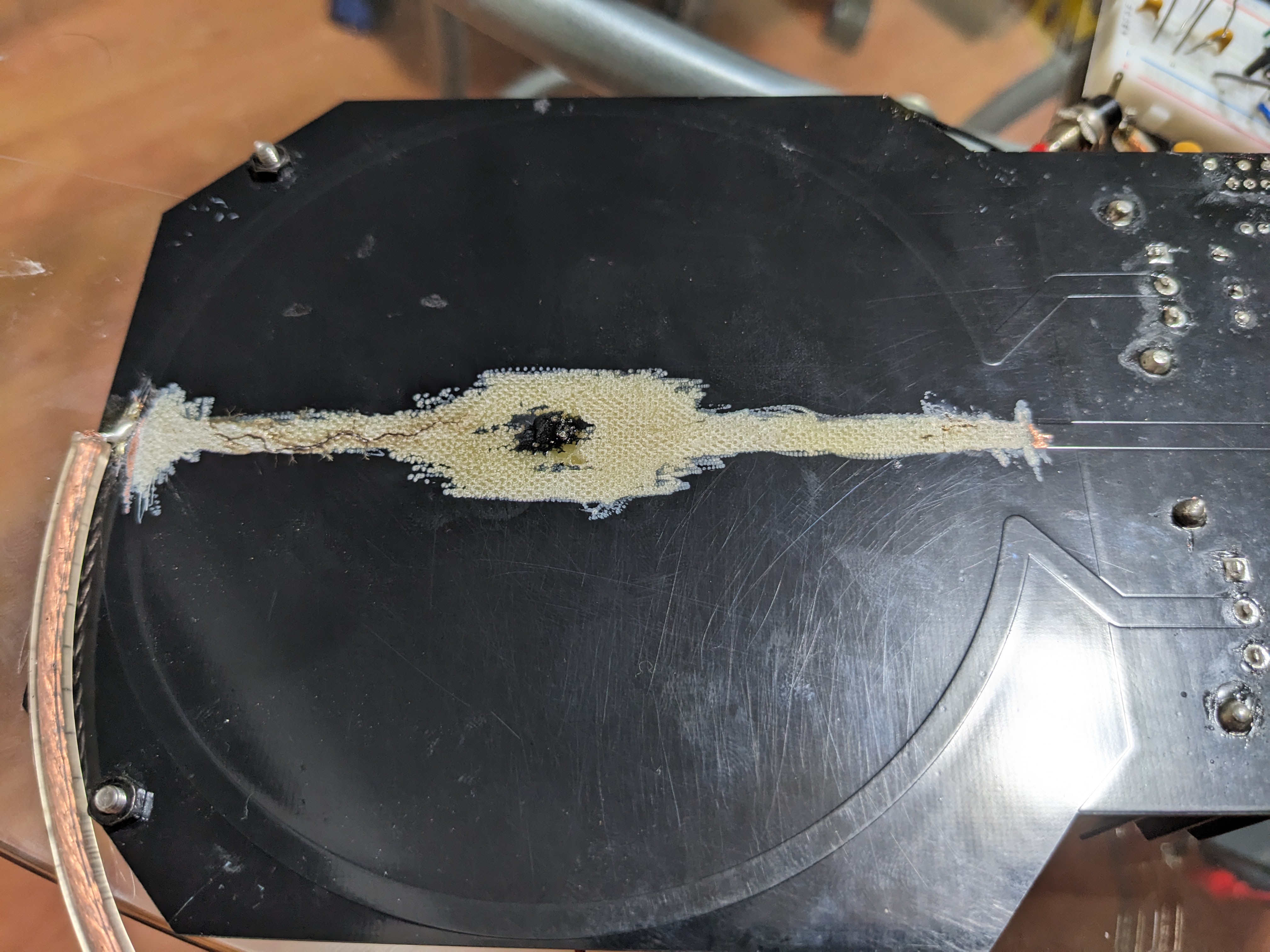Gerber Issues
The PCB you see me working with is an old design I had to significantly improve, so those files are also not released as they don't work properly. The PCB files you see is the high voltage transformer only and no drive circuitry, I've tested this transformer with Half and full bridge designs as well as single transistor designs and it worked very well.
VIDEOS OF TESLA COIL IN OPERATION CAN BE FOUND IN "INSTRUCTIONS"
 OhmByOhm
OhmByOhm






